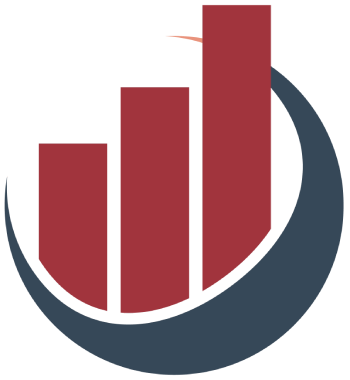In today’s competitive marketplace, small businesses often face the challenge of acquiring essential equipment while managing tight budgets. Traditional financing methods can be prohibitively expensive, leading many to explore the world of used equipment. However, financing used equipment presents its own set of complexities and realities that must be clearly understood. The key to making wise financial decisions lies in thorough research and a strategic approach to financing options.
Evaluating Used Equipment Financing Challenges
Securing financing for used equipment isn’t as straightforward as many believe. Unlike new equipment, which is often more straightforward to finance due to its perceived reliability and longer useful life, used equipment can be viewed skeptically by lenders. Their concerns revolve around the higher likelihood of wear and tear that comes with older machinery, which can lead to shorter lifespans and unforeseen repairs. This perspective can translate into potential obstacles for borrowers, including elevated interest rates, extensive appraisal processes, and shorter loan terms.
It’s essential to recognize these challenges and prepare accordingly. Understanding what lenders prioritize—like age, type, and condition of the equipment—will equip you better for negotiations.
Exploring Diverse Financing Solutions
A broad spectrum of financing options exists for acquiring used equipment. One core method is the equipment loan, specifically tailored for businesses seeking to purchase necessary machinery. These secured loans make the purchased equipment the collateral, which provides lenders a layer of security against the loaned amount. The benefit here is a predictable repayment structure, allowing borrowers to understand their financial commitments upfront.
Alternatively, opting for a business term loan can also be a viable solution. These loans may come in both secured and unsecured forms, providing flexible avenues depending on your specific needs. For those who favor the flexibility of a credit line, a business line of credit can be particularly appealing. This revolving credit allows borrowers to draw funds as needed, making it easier to manage cash flow during the transition period of incorporating new equipment.
Preparing for Financial Application
Before diving into the financing application process, it’s crucial to assess your budget comprehensively. Have a clear understanding of how much equipment you need, the overall cost, and what payments you can realistically afford. Having predefined budget limits can save you time and eliminate lending options that may not fit your unique financial situation.
Moreover, keep in mind that larger down payments can reduce your overall debt burden, leading to lower monthly payments. This proactive financial planning continues into the selection of a lender, where conducting meticulous research can unveil the best opportunities suited to your business.
Navigating the Lender Landscape
The lending landscape is rich with diverse players offering small business financing. Traditional banks and credit unions typically offer favorable interest rates but come with lengthy application processes and rigorous qualification standards. On the flip side, alternative lenders—particularly online platforms—are often more accommodating regarding their qualification criteria. Their streamlined application processes allow for faster access to funds, a critical factor for businesses in need of immediate equipment.
As part of selecting a lender, be diligent in preparing your application. Each lender may require varying documentation, such as bank statements, proof of ownership, and tax returns. Streamlining your documentation process can expedite applications and optimize the chances of successful funding.
Considerations for Leasing vs. Buying
An important decision many business owners face is whether to lease or buy equipment outright. Leasing offers a lower entry cost, allowing businesses to preserve capital while still accessing much-needed machinery. This flexibility can be beneficial for startups or businesses with fluctuating cash flow patterns.
Conversely, purchasing equipment—whether new or used—brings the advantage of outright ownership and potentially allows for significant tax deductions in the long run. New equipment, while more expensive, comes with warranties and the latest technologies. Used equipment may lack these features but often meets operational needs at a fraction of the cost.
Ultimately, the decision between leasing and buying hinges on your specific financial goals, growth strategy, and operational requirements.
Understanding Your Financing Approval Criteria
As a potential borrower, it’s essential to grasp the various criteria lenders utilize to determine approval for equipment financing. Consider factors like minimum credit score requirements, the length of time your business has been operational, and annual revenue thresholds. Some lenders may also require collateral, often in the form of the equipment itself.
Understanding these criteria helps manage expectations and aids in selecting the right financing options. While traditional lenders may impose stricter requirements, alternative financing avenues can provide much-needed flexibility.
The ability to finance used equipment effectively can serve as a powerful catalyst for business growth, provided you navigate the intricacies of your financing options with care and insight.


Leave a Reply